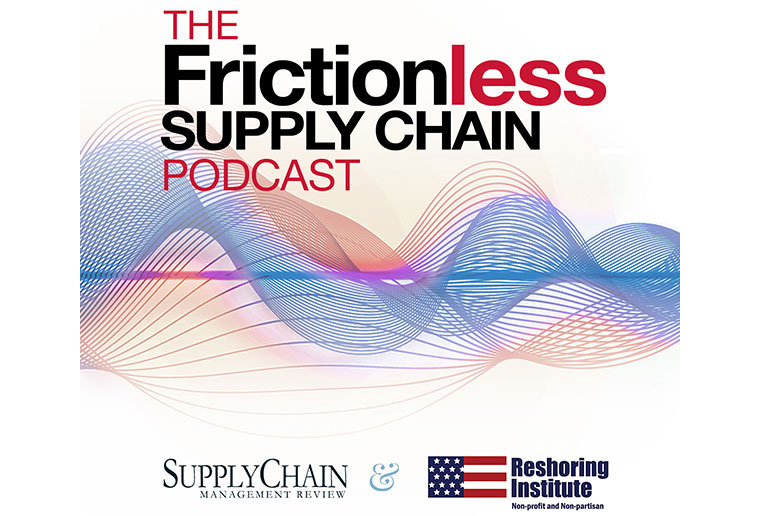Editor’s Note: This is the first installment of a two-part feature authored by Dr. Tom McNamara, The ESC Rennes School of Business, France
While supply chain managers are dealing with the lingering effects of the “Great Recession” of 2008, many are faced with two conflicting problems. The first would be soft consumer demand across many sectors and countries. The second would be that, due to better targeted marketing, the growth of social media, and globalization in general, consumers are demanding greater choice and variety when it comes to fat food. What is the best supply chain management strategy to employ when dealing with these two problems?
When we talk about an organization’s supply chain we are usually talking in terms of “push” or “pull.” When a company is operating in “push” mode what happens is that a large part of the production cycle happens before an order is even placed or received. Here, good forecasting, modelling and estimating are key. The downside to this method is that there is a greater risk of over production and associated higher inventory levels. The main upside would be possible cost reductions due to economies of scale.
In “pull” mode almost all of the activity is initiated by the placement or reception of an order by the customer. Dell and their “make to order” business model would be one of the best examples of this. The difficulties here are that in order to make it work really well you must have top of the line information systems, extremely low production cycle times and you need to be fairly “close” to your customers (low amounts of disintermediation).
The reality is that due to operating constraints and system limitations, many companies employ what is known as a “push/pull” system. This is really just a hybrid, comprising many elements of both push and pull methods.
While already challenging, the difficulties of operating a supply chain can become exponentially greater when we are talking about fresh produce. For a Wal-Mart, Tesco or Aldi, managing the procurement, shipping, distribution and sale of such goods as fresh fruits, vegetables and fish, the problem of coordination can be enormous. And with profit margins razor thin, the penalty for getting something wrong can be severe.
The amount of waste in fresh food supply chains can be massive.
Estimates of losses from unsold fruits and vegetables are high as $15 billion a year. Almost half of all fruits and vegetables in the US go to waste and are uneaten. From a business, as well as social, point of view, anything that could reduce this waste would be seen as a positive. So this gives rise to a basic question. Of the two main supply chain management philosophies available, which is better when dealing with fragile or perishable goods? Push or Pull?
Tomorrow: Introduction of a pre-negotiated multiplying factor
SC
MR

Latest Supply Chain News
- Tips for CIOs to overcome technology talent acquisition troubles
- There is still work to do to achieve supply chain stability
- Blooming success: The vital role of S&OE in nurturing global supply chains
- Supply chain salaries, job satisfaction on the rise
- How one small part held up shipments of thousands of autos
- More News
Latest Podcast

 Explore
Explore
Latest Supply Chain News
- Tips for CIOs to overcome technology talent acquisition troubles
- There is still work to do to achieve supply chain stability
- Blooming success: The vital role of S&OE in nurturing global supply chains
- Supply chain salaries, job satisfaction on the rise
- How one small part held up shipments of thousands of autos
- Investor expectations influencing supply chain decision-making
- More latest news
Latest Resources

Subscribe

Supply Chain Management Review delivers the best industry content.

Editors’ Picks





